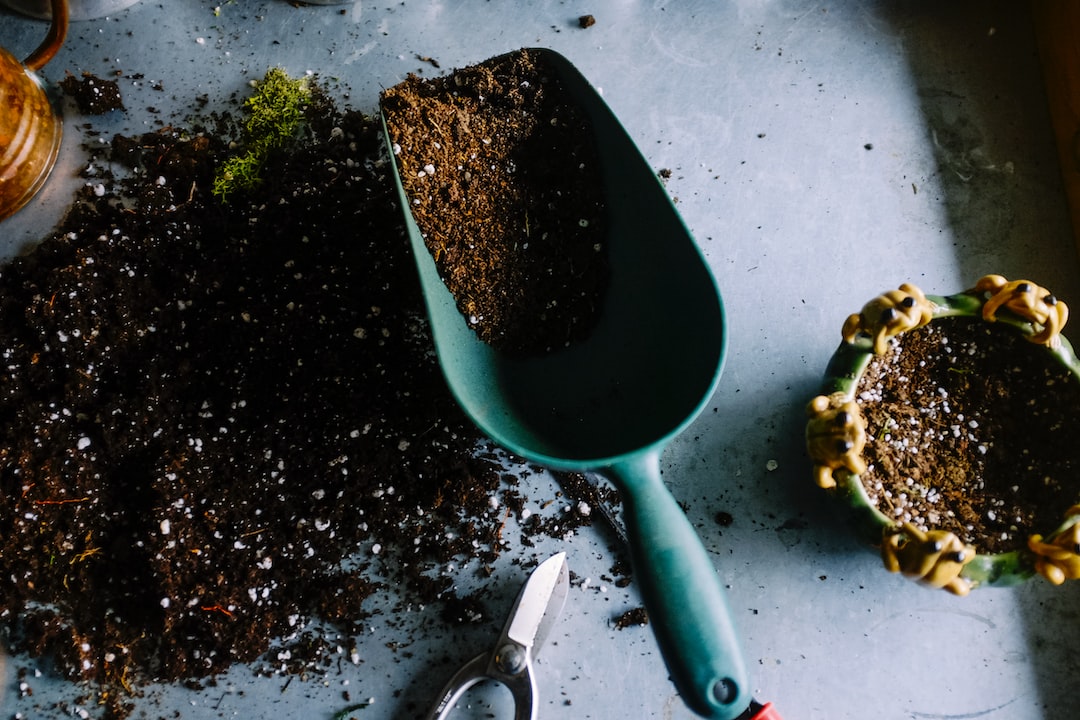Have you ever dreamt of having a lush and vibrant garden but were discouraged by the thought of water scarcity? Fear not, because a drought-tolerant garden is the perfect solution for those living in arid regions or those looking to reduce their water consumption. In this article, we will guide you through the steps to create your very own drought-tolerant garden that is both beautiful and easy to maintain.
Choose the Right Plants:
The first step in creating a drought-tolerant garden is to carefully select plants that are adapted to drought conditions. Look for plants that have developed mechanisms to store water or reduce water loss through their leaves, such as succulents, agaves, or lavender. Native plants are also a great choice as they have already acclimated to the natural climate of your region and require less water.
Amend the Soil:
Soil plays a crucial role in the success of a drought-tolerant garden. It should be well-draining to prevent water from sitting around the roots of your plants and causing root rot. To improve drainage, add organic matter such as compost or well-rotted manure to the soil. This will enhance the soil structure and, in turn, allow water to infiltrate effectively.
Mulch, Mulch, Mulch:
Mulching is an essential practice in any garden, but it is even more crucial in a drought-tolerant one. Mulch serves as a protective layer, reducing evaporation from the soil and providing insulation for plant roots during extreme temperatures. Use organic mulch, like wood chips or straw, and apply a generous layer around your plants. This will not only keep the soil moist but also suppress weeds, saving you time and effort in the long run.
Practice Smart Irrigation:
Water conservation is key when it comes to drought-tolerant gardens. Instead of relying on traditional irrigation methods, consider implementing more efficient watering systems. Drip irrigation is one of the most effective options as it delivers water directly to the plants’ roots, minimizing evaporation and runoff. Additionally, consider installing a rainwater harvesting system to collect and store rainwater for later use. This way, you can reduce your reliance on freshwater sources and make your garden more sustainable.
Group Plants based on Water Needs:
To optimize water usage and minimize waste, group plants with similar water needs together. This practice, called hydrozoning, allows you to irrigate each zone accordingly. For instance, plants that require frequent watering should be placed near a water source, while drought-tolerant plants can be located further away. By dividing your garden into zones, you can ensure that each plant receives just the right amount of water it needs, minimizing water wastage and promoting plant health.
Add Hardscape Elements:
Besides plants, hardscape elements such as pathways, rocks, and decorative stones can bring charm and structure to your garden. They not only add aesthetic appeal but also serve as heat absorbents, preventing heat reflection onto the plants. This can help create a microclimate that reduces water loss through evaporation. Additionally, hardscape elements can limit the area that requires irrigation, thus conserving water even further.
Regular Maintenance:
To maintain a beautiful and healthy drought-tolerant garden, regular maintenance is key. Stay on top of weeding to reduce competition for water and nutrients. Pruning should also be done whenever necessary to remove dead branches or promote airflow, which helps to prevent fungal diseases. Regularly monitor the health of your plants to identify any potential issues and intervene early to prevent further damage.
In conclusion, creating a drought-tolerant garden is not as challenging as it may seem. By carefully selecting the right plants, improving soil structure, practicing smart irrigation, and maintaining the garden regularly, you can achieve a beautiful and water-efficient oasis. Not only will you save water, but you will also be contributing to the conservation of this valuable resource. So go ahead and create your own drought-tolerant garden – a beautiful and sustainable addition to your home!
